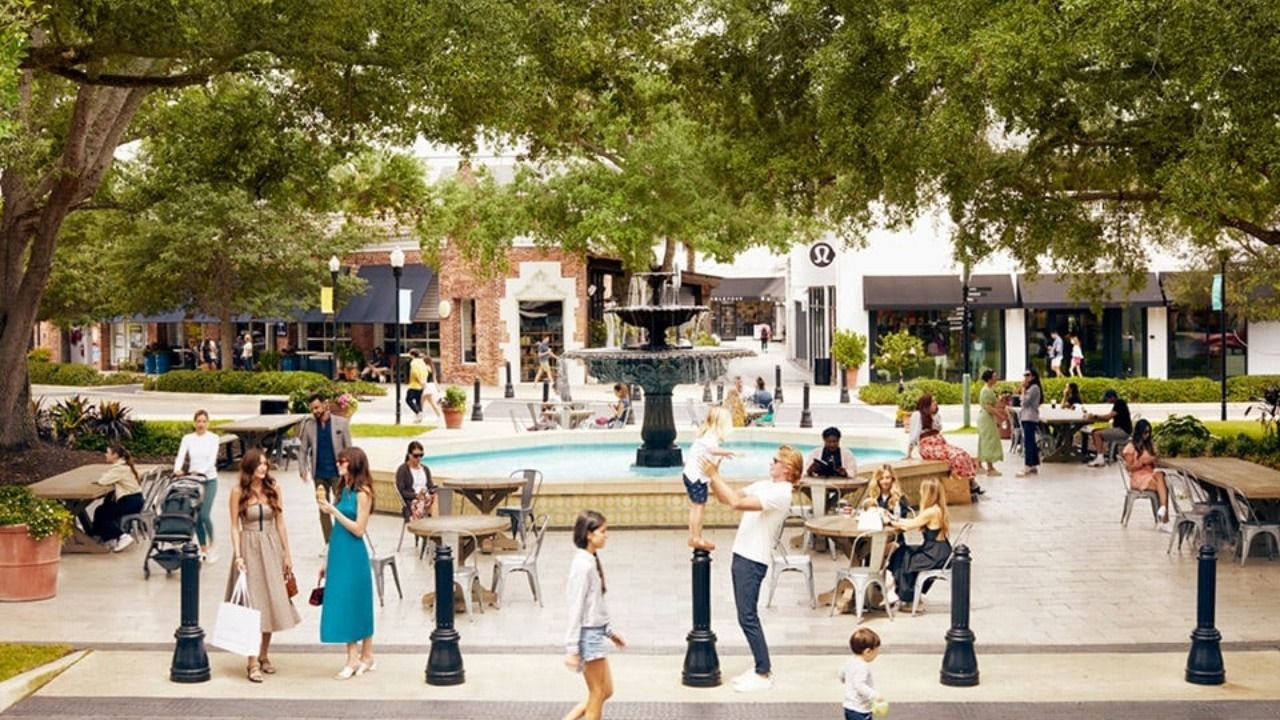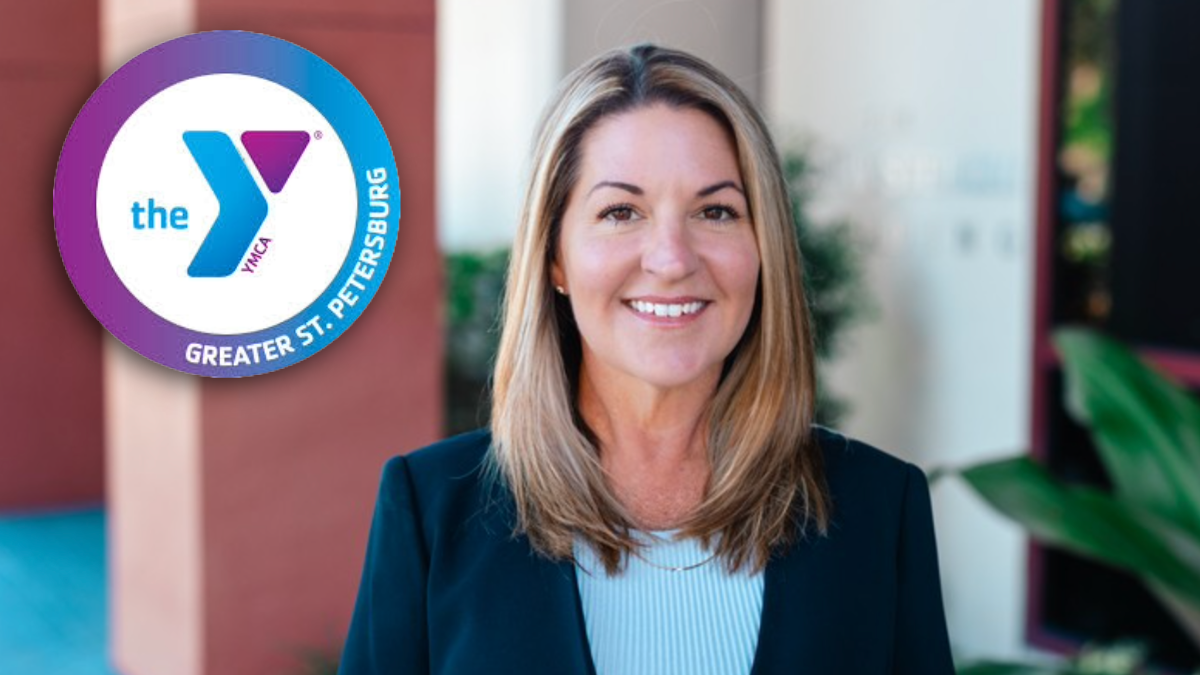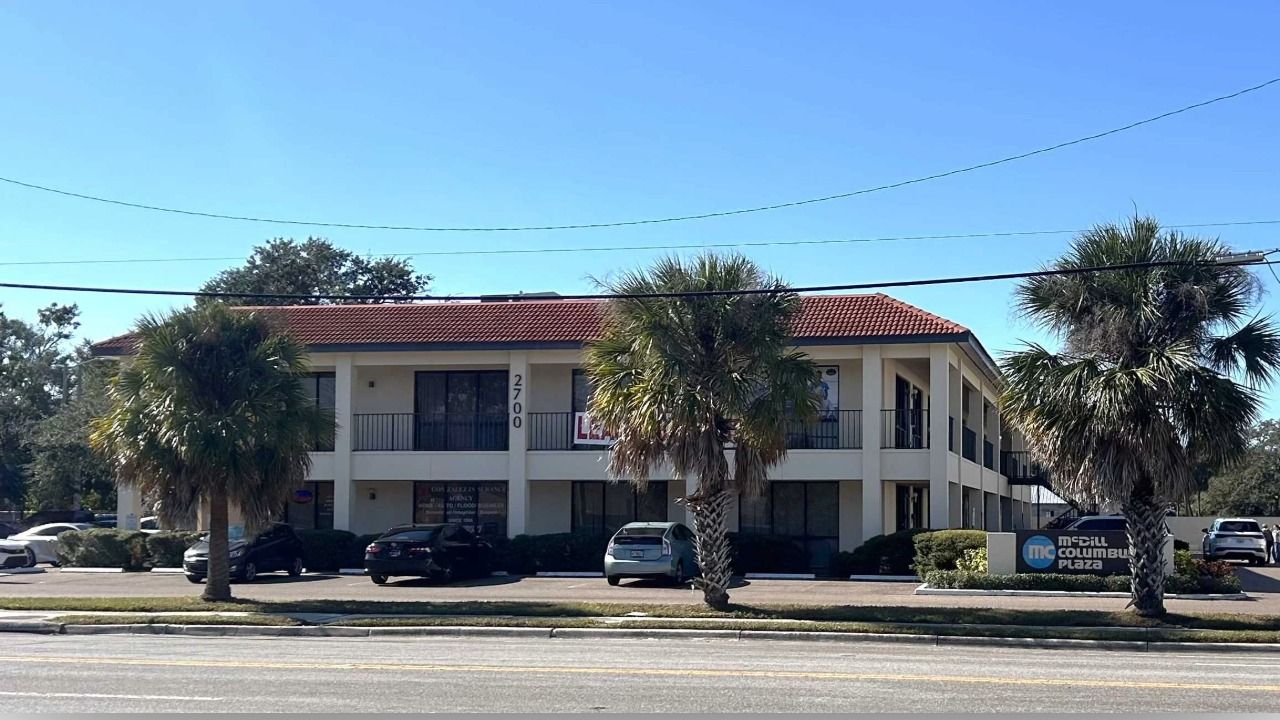It’s been a slow burn in the retail market for some time. Some brands were long predicted to be phasing out, like the Sears and Dillard’s of the world. Analysts saw the writing on the wall for these long before a global pandemic ripped off the bandages and revealed the real wound.
California Pizza Kitchen, Neiman Marcus, Ann Taylor, Lucky Brands and more have now joined the ranks in seeking bankruptcy protection in 2020.
According to MoneyWise, a personal finance website, a record 9,500 stores went out of business in 2019, and as many as 25,000 could shutter in 2020.

“The so-called ‘retail apocalypse’ began long before the pandemic,” says Stephanie Lieb, a bankruptcy attorney with Trenam. “The shutdowns, accompanying the onset of COVID-19, merely sealed the fates
for these struggling businesses.”
While some of these will reorganize, and survive, others could find themselves unable to tread water and could go away leaving valuable, vacant real estate behind.
“This was the case for Brio Tuscan Grille [at International Plaza],” Lieb says “Still others have opted to close many of their locations shedding expensive leases, or unprofitable arms of business, to emerge as a leaner version of themselves.”
Currently, PPP funding is being used to maintain, but it’s a temporary fix, says Ryan Reinert, a partner with Shutts & Bowen’s Tampa office. Reinart represents institutional lenders in the creditors’ rights/bankruptcy practice group.
Once that funding is depleted, there could be another wave of retail businesses closing their doors.
“We’re seeing a lot of retail filings,” Reinert says. “We need to get foot traffic back and the American consumer needs to spend.”
In February, before the world flipped upside down, the Small Business Reorganization Act became effective which changed parts of bankruptcy laws.
This act was created to give small businesses a faster, and less expensive, option to reorganize under Chapter 11.
“Chapter 11 is a heavy burden for most smaller businesses and it’s expensive,” Leib says.
But how dead is retail?
“Some brands have such a following that they’re never going to be in real danger,” Lieb says. She cites high-end luxury brands like Louis Vuitton, Gucci and Fendi as examples. “These brands have a cult-like following and that market won’t be touched by COVID.”
On the landlord side, it’s been just as stressful.

“I think most of my clients, in general, wanted to take a ‘wait and see’ approach,” says Lisa McCaffey, an executive managing director at Colliers International. “As we got to 30 to 45 days of restrictions, they had to start working with tenants on some kind of relief.”
McCaffey has been a leader in landlord, and seller, representation for 25 years and is an expert on leasing, consulting and sales, for existing retail properties and new development projects.
“I think there was a lot of that flexibility, at least from what I could see happening in the market, between landlords and tenants to make it work,” McCaffey says. “But there were bound to be some weak operators that probably had been weak for a while and this was just too much for them.”
There is demand, still, for brick-and-mortar retail and for those looking to buy into it.
“From the tenant representative side, we’re reaching out to a lot of landlords that have nice end caps or a space where we know our tenant would like to be, and we’re saying, ‘If this tenant doesn’t want to renew, we have a good tenant to slide in that space,” says Tyler Peterson, executive managing director for retail services at Colliers.

Peterson explains, “Most commercial leases are 10 years, and if you look at where we were in 2010, 2011 and 2012 and what deals were done at that time, and now a lot of these leases are coming up for renewals. That means the tenant is now making a decision on whether they want to exercise their option for another five years, or if the landlord is saying they don’t want to renew the lease … there’s a lot of leases signed at very low rents, and with tenants, that the landlord may not want there.”
Right now, it’s like a puzzle piece, McCaffey says.
“Now, it’s looking at [the situation.] Maybe the landlord wants to keep the tenant, but they want to downsize them. Who fits the remainder of their space? So we reach out to Tyler, or people in that side of the business, to see what’s the right fit,” McCaffey says. “If the tenant wants to downsize, or relocate, we’re all in trying to match the two sides.”
It’s also an opportunity for would-be investors, or people, who might have wanted to purchase real estate.
“People are being creative,” Reinert says. “People will be looking for deals.”
He also says to have conversations with people and talk about what they’re seeing. A lot of deals come through word of mouth. And don’t forget to check filings, which can be great leads on opportunities, he says.
“There are probably investors that were struggling to find good deals [last year] and interest rates were higher,” Reinert says. “Those same people could acquire assets now that they couldn’t before.”

Despite the challenges, these industry experts agree, communication is key.
“Continue communication. Whether you’re a tenant or landlord,” Reinert says. “Those filings that catch you by surprise can be contentious…Reach out and have an ongoing conversation.”
It’s all speculation, what hasn’t been in 2020? But there’s still the holiday retail push.
“I imagine there’s a lot of retailers who are waiting to see how the holiday season performs,” McCaffey says. “That will make it or break it for them on what their strategy is going forward next year.” ♦













